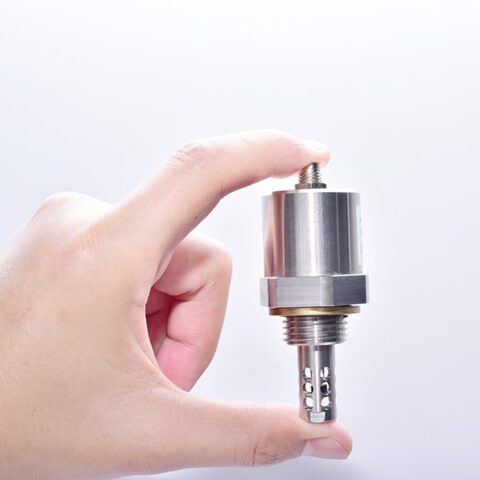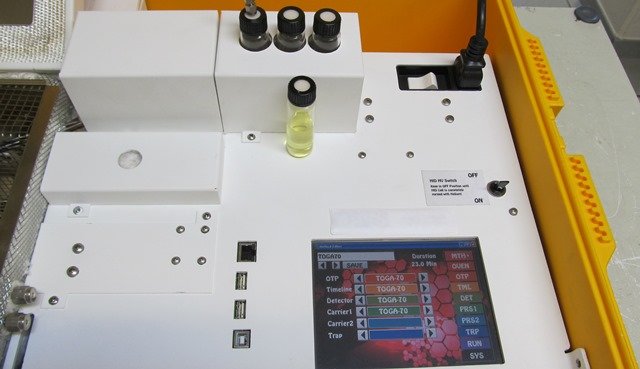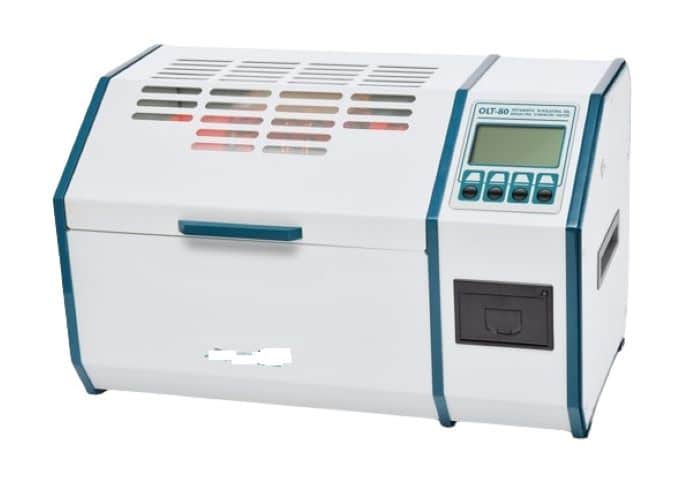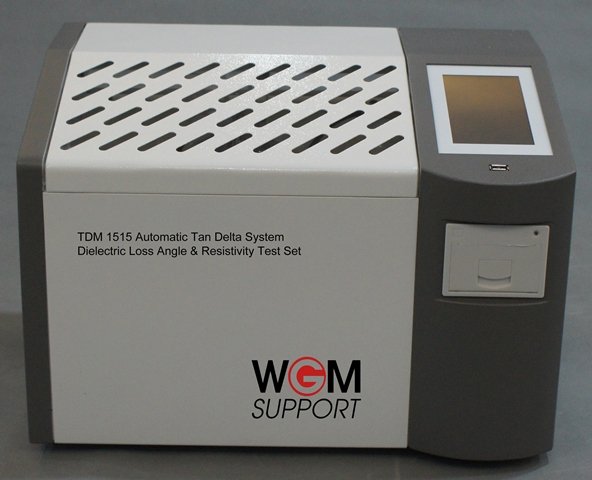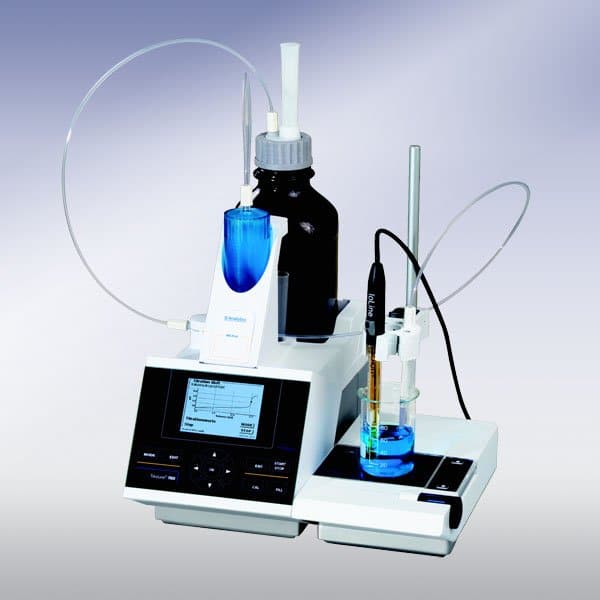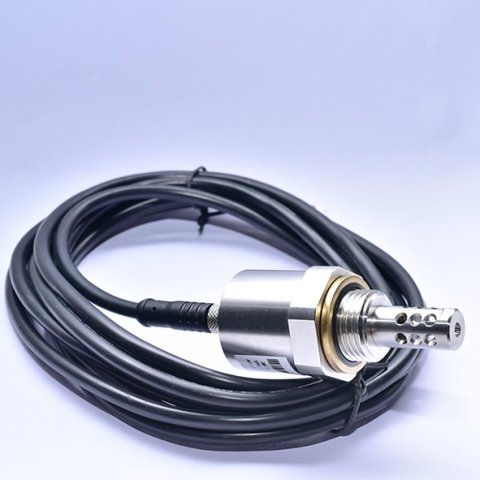
Water in Oil sensor | ST-100 Transmitter
The ST-100 water in oil sensor delivers fast, reliable, and precise readings. It serves as an ideal choice for real-time monitoring of oil moisture. The sensor continuously tracks both water activity and temperature in oil. A clear display shows these values, so users can quickly see either absolute ppm or relative water activity (aw-value) for oil moisture. This design enables accurate, consistent data for managing oil quality.
The ST-100 works well for transformer oil, lubricating systems, and hydraulic oils. Its compatibility with lubricating, hydraulic, and insulating oils ensures long-term performance. It supports preventive maintenance, reduces equipment downtime, and extends oil lifespan. Integrated directly into the oil circuit, the sensor delivers real-time data, so users can respond immediately to any rise in water content. This setup lowers the risk of unnoticed moisture spikes.
Built for durability, the ST-100 functions as a dependable moisture in oil transmitter. It provides lasting performance across many industrial applications. This ST-100 Transmitter also helps optimize equipment health and prevent transformer failures. The ST-100 serves as a cost-effective, high-performance solution. It integrates easily into OEM systems, providing reliable data on oil moisture content and supporting a wide range of essential uses.
We offer you advice on the topics of: Temperature and Humidity | Moisture Content Oil | Water Activity

